This article was co-authored by wikiHow Staff. Our trained team of editors and researchers validate articles for accuracy and comprehensiveness. wikiHow's Content Management Team carefully monitors the work from our editorial staff to ensure that each article is backed by trusted research and meets our high quality standards.
This article has been viewed 104,246 times.
Learn more...
Blue balls might be uncomfortable, but they're completely harmless. This happens to almost every guy at least once, so you're not alone. Still, there’s actually not a ton of research on how to get rid of blue balls. Luckily, a few tips do tend to work pretty well. The surefire solution is having an orgasm, but there are also some other options. In any case, there's nothing to worry about.
Steps
Quick Fixes
-
1Have an orgasm to release the pressure. This is the quickest, easiest, and probably most enjoyable way to get rid of blue balls. Once you have an orgasm, all the blood drains away from your genitals, which gets rid of the problem. The sooner the better, so get started! You can do this alone through masturbation, or with a partner by having sex. As long as you have an orgasm and ejaculate, the method doesn’t matter.[1]
- Never use blue balls as an excuse to pressure your partner into having sex. You can take care of the problem yourself if your partner isn't in the mood.
- Women can also feel something similar if they get aroused without having an orgasm, and the solution is the same.
-
2Hold a cold compress on your testicles if you don't want to have an orgasm. Sometimes, it's not the right time to have an orgasm or you don't want to have one. Luckily, you also have some other choices to get rid of blue balls. Try holding a cold compress against your testicles.[2] This might be a little uncomfortable at first, but it numbs the pain and also restricts blood flow. This should make you feel better until the blue balls pass.
- A cold shower might seem like a cliché, but this works too! Try to focus the water on your testicles.
- If you’re using a cold compress, always make sure you wrap it in a towel and don’t let it directly touch your skin.[3]
-
3Exercise to focus blood to other parts of your body. There is no real evidence that this works, but some men say it helps them.[4] Try doing some exercise to drain blood away from your genitals and towards other parts of your body. At the very least, this can distract you from the pain until the blue balls clear up.
- This might be uncomfortable for a little while until the blood drains away from your genitals.
-
4Distract yourself with other activities so you don't notice the pain. Even if you do nothing, blue balls will eventually go away on their own without any problems. In the meantime, anything can distract you from the pain until it passes.[5] Do something you enjoy for a little while until the blood drains naturally.
- Something that requires mental concentration, like solving a puzzle or playing a complicated videogame, could work well as a distraction.
- You might find physical activities like sports more distracting. These work, too.
-
5Focus on non-sexual thoughts so the problem doesn't get worse. Unless you’re working on having an orgasm, then sexual thoughts won’t help your blue balls. Instead, they’ll keep you aroused and the blood won’t drain from your genitals. Clean out your dirty mind and focus on non-sexual thoughts while you’re trying to distract yourself.[6]
Identifying Blue Balls
-
1Notice an aching heaviness in your testicles when you’re aroused. Blue balls only happen when you’re aroused. If you were aroused without having an orgasm and notice some pain or aching in your genitals, then it’s a good bet that you have blue balls.[7] You can get started trying to relieve the pain now.
- This might feel slightly different for everyone. Some men say their testicles feel heavy or full, rather than painful. Some might feel dull or sharp pains around their genitals.
- Remember that blue balls aren't harmful, so you don’t have to worry about seeing a doctor unless the pain doesn’t go away.
-
2Don’t rely on your testicles turning blue to identify blue balls. Despite the name, your balls probably won’t actually turn blue.[8] At most, your scrotum might have a slight blue tint or a few blueish areas where the veins are, but it probably won’t be too noticeable. Don’t rely on this sign to diagnose blue balls.
- Your scrotum might look more red or pink instead of blue. This is from the blood building up in the area.
-
3See your doctor if your testicles hurt for more than a few days. In almost all cases, blue balls clear up on their own within a few hours and you won’t have any lasting problems. However, if the pain doesn’t go away, even after having an orgasm, then you might have an underlying issue. Wait a few days to see if the pain goes away, and if not, make an appointment with your doctor to get to the bottom of it.[9]
- On the other hand, you don’t have to see your doctor for blue balls as long as the pain goes away. It’s a normal problem that doesn’t cause any harm.
-
4Make a doctor’s appointment if your testicles hurt without being aroused. You might assume that any pain in your testicles means you have blue balls. However, if you feel pain in your testicles and you haven’t been aroused recently, then you probably don’t have blue balls. This might be from a separate issue, so if your testicles start hurting without a cause, then it’s best to see your doctor for an exam.[10]
- All kinds of things can cause testicular pain, and luckily, most of them aren’t dangerous. They range from minor infections, fluid buildup, inflammation, or injuries. These are all treatable problems.[11]
Warnings
- Do not, under any circumstances, use blue balls to pressure your partner into having sex.⧼thumbs_response⧽
References
- ↑ https://thelinfieldreview.com/9939/arts/the-phenomenon-of-blue-balls-explained/
- ↑ https://www.issm.info/sexual-health-qa/what-are-blue-balls-and-blue-vulva/
- ↑ https://myhealth.alberta.ca/Health/aftercareinformation/pages/conditions.aspx?hwid=abl3307
- ↑ https://www.menshealth.com/sex-women/a19534594/science-blue-balls/
- ↑ https://www.issm.info/sexual-health-qa/what-are-blue-balls-and-blue-vulva/
- ↑ https://www.issm.info/sexual-health-qa/what-are-blue-balls-and-blue-vulva/
- ↑ https://thelinfieldreview.com/9939/arts/the-phenomenon-of-blue-balls-explained/
- ↑ https://www.issm.info/sexual-health-qa/what-are-blue-balls-and-blue-vulva/
- ↑ https://www.mayoclinic.org/symptoms/testicle-pain/basics/when-to-see-doctor/sym-20050942
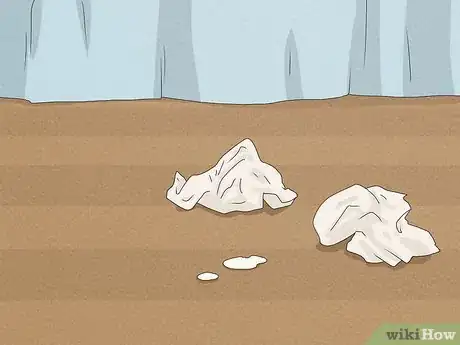

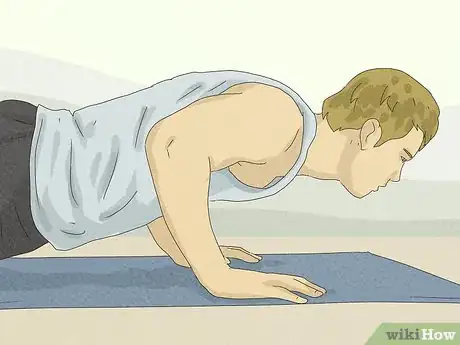


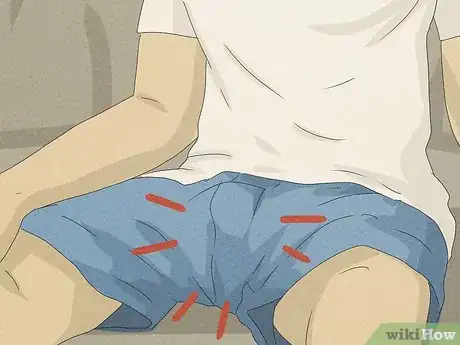
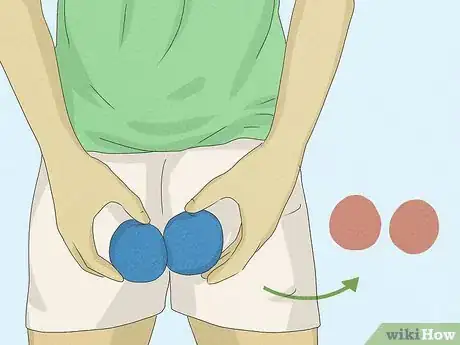

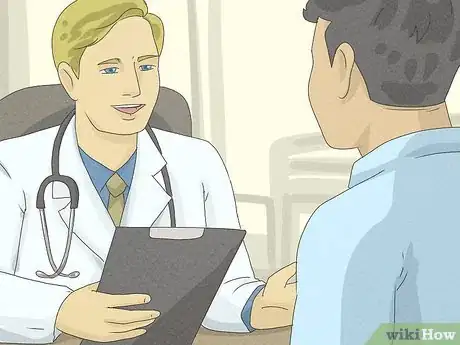
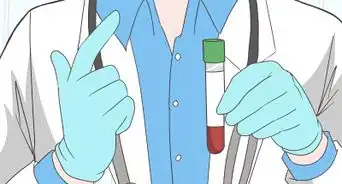

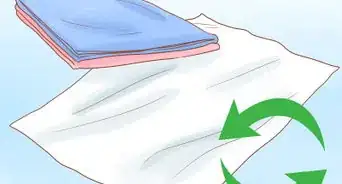
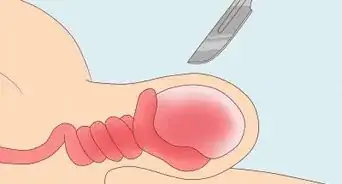
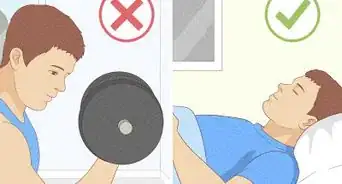
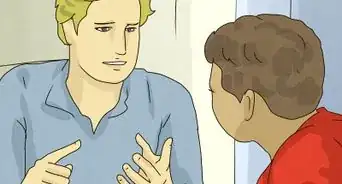

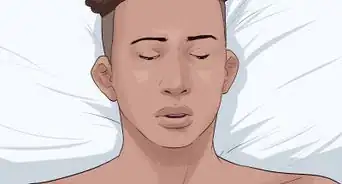
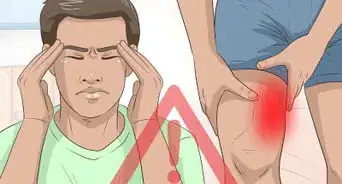
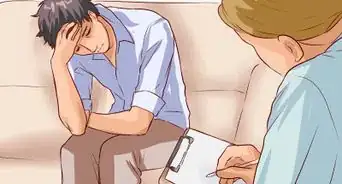
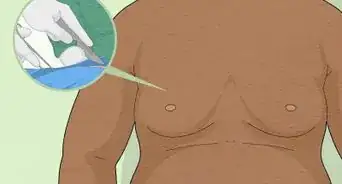
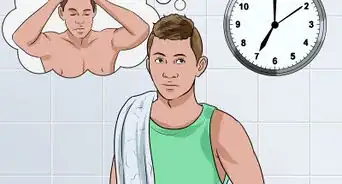

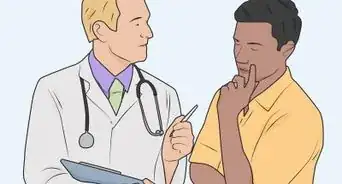








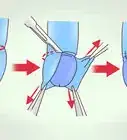

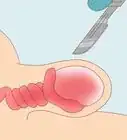



































Medical Disclaimer
The content of this article is not intended to be a substitute for professional medical advice, examination, diagnosis, or treatment. You should always contact your doctor or other qualified healthcare professional before starting, changing, or stopping any kind of health treatment.
Read More...